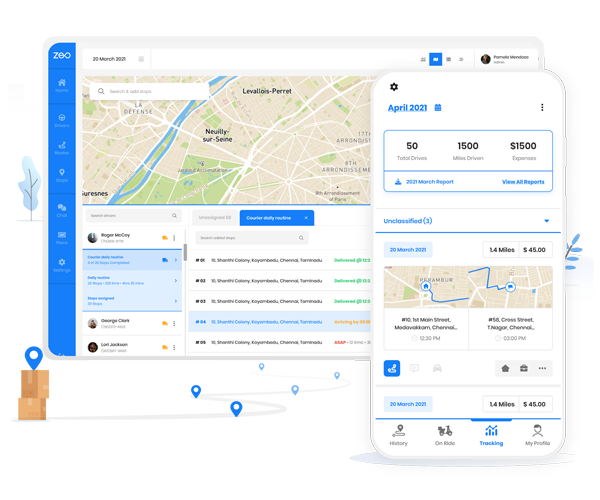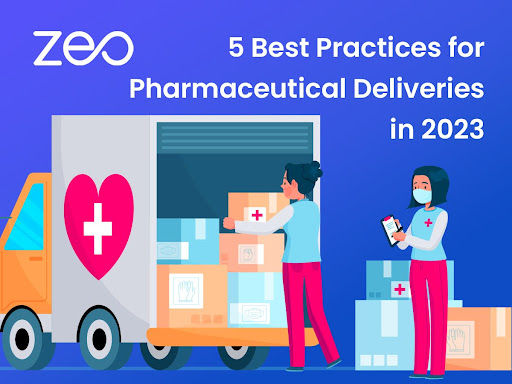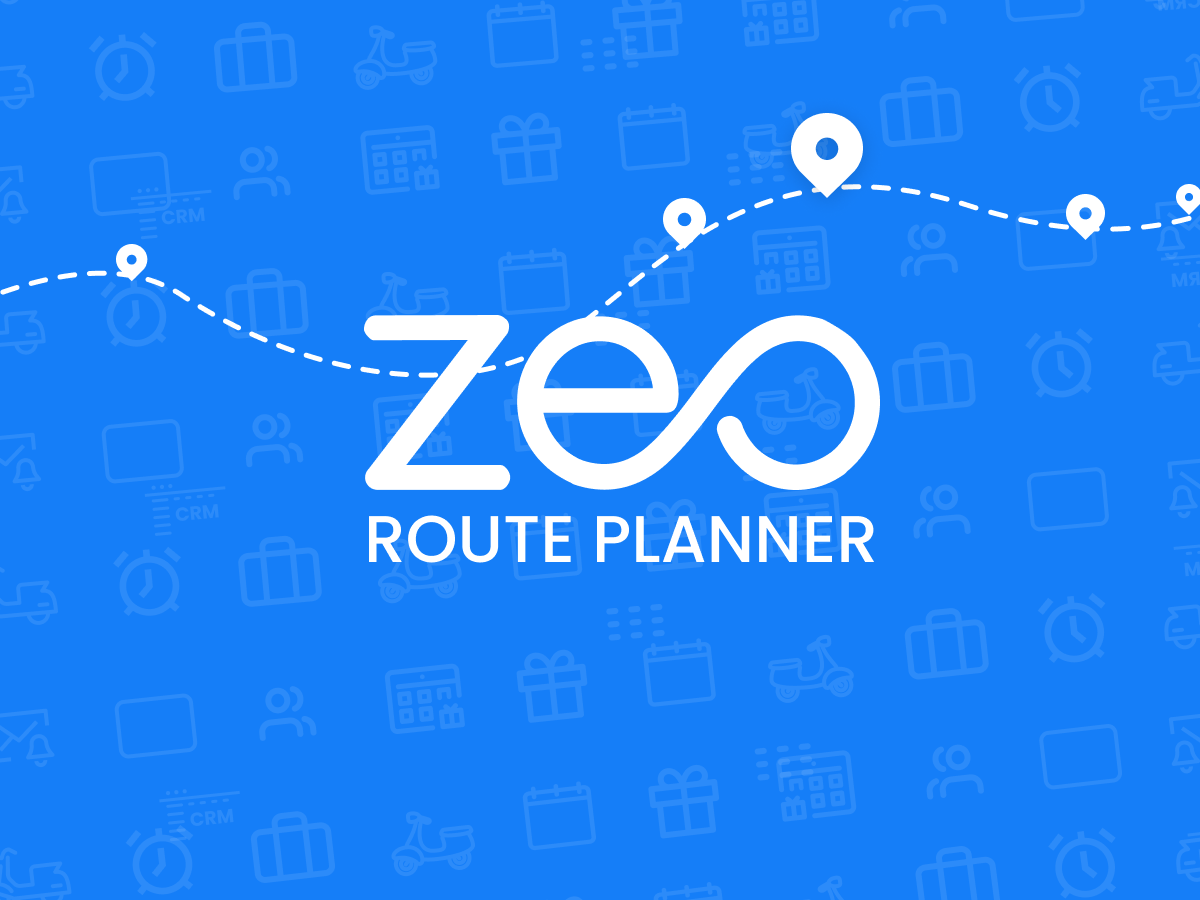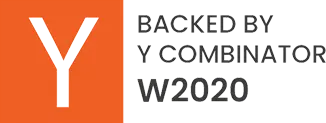Updated on: January 22, 2025
Timely delivery of critical medications efficiently is a complex puzzle in the pharmaceutical delivery business. Navigating challenges like temperature control, compliance, and security requires strategic approaches and meticulous focus.
Zeo, at the forefront of innovation, offers a concise guide.
Join us as we explore the essentials — from understanding product intricacies to leveraging technology — all aimed at ensuring the seamless and secure journey of life-saving pharmaceuticals.
Pre-Requisites & Types of Pharmaceutical Deliveries
Before we dive into the best practices, it is important to understand the prerequisites and types of pharmaceutical deliveries. This understanding plays a crucial part in correctly executing the best practices.
Pre-requisites
- Storage: Adequate and compliant storage facilities are imperative for pharmaceuticals. This includes maintaining proper conditions such as temperature, humidity, and light to preserve the integrity of the products.
- Supply: A seamless supply chain is crucial. A well-managed and efficient supply network ensures a timely and continuous flow of pharmaceuticals from manufacturers to end-users.
- Transportation: Choosing the right mode of transportation is vital. It involves considering factors like distance, time, and the specific requirements of the transported pharmaceuticals.
Types
- Ambient: Products that do not require specific temperature control, typically stored and transported at room temperature.
- Refrigerated: Pharmaceuticals must be kept at lower temperatures to maintain their stability and efficacy.
- Cryogenic: Involves extremely low temperatures for products like vaccines and certain biologics.
What are the Challenges in Pharmaceutical Transport?
Pharmaceutical transport is a landscape fraught with multifaceted challenges. Temperature sensitivity looms large as medications demand precise conditions throughout their journey.
Steering through regulatory compliance, which is ever-shifting and intricate, is a constant struggle. The security of these invaluable pharmaceutical commodities remains a perpetual concern, susceptible to theft and tampering.
Coordinating the intricacies of the supply chain, from production to distribution, is no less challenging. In this complex web of hurdles, success hinges on surmounting these obstacles and ensuring pharmaceuticals’ integrity and timely delivery to those in need.
Read More: 7 Ways to Improve Delivery Order Fulfilment
Top 5 Best Practices for Pharmaceutical Deliveries in 2023
Now that we have learned a bit about the ins and outs of pharmaceutical deliveries. Let us understand the best practices necessary for successful deliveries.
- Study Your Products
- Understand the nuances of each pharmaceutical product, including its sensitivity to environmental factors. Tailor transportation and storage protocols accordingly, ensuring the product’s integrity is maintained throughout the journey.
- Develop detailed profiles for each pharmaceutical product, including its chemical composition, stability under various conditions, and specific storage requirements.
- Conduct thorough risk assessments to identify potential challenges and vulnerabilities in the supply chain. This includes analyzing the impact of external factors such as climate, transportation routes, and handling procedures on product stability.
- Foster strong communication and collaboration with pharmaceutical manufacturers. Obtain insights into the intricacies of the production process and any special handling requirements to ensure a seamless transition from manufacturing to delivery.
- Maintain Ideal Temperature
- Implement cutting-edge temperature monitoring systems to guarantee that pharmaceuticals are stored and transported within the specified temperature range.
- Utilize state-of-the-art temperature monitoring devices and sensors that provide real-time data on the condition of pharmaceutical shipments.
- Implement a robust cold chain management system for refrigerated and cryogenic shipments. This involves monitoring temperature and ensuring the proper functioning of refrigeration units, insulation, and backup systems to prevent temperature fluctuations.
- Incorporate data logging systems to record and store temperature data throughout transportation. This historical data is invaluable for quality assurance, regulatory compliance, and process improvement.
increase fuel savings
Hassle Free Deliveries & Pickups!
Optimize routes with our algorithm, reducing travel time and costs efficiently.
Get Started for Free - Emphasize Correct Packaging
- Packaging is the first line of defense. Utilize materials that provide insulation against temperature variations, protect against shocks, and ensure the integrity of the pharmaceuticals. Tailor packaging solutions to the specific needs of each product.
- Invest in packaging materials that are designed to withstand temperature variations. This includes insulated containers, thermal blankets, and phase change materials to maintain the required temperature during transit.
- Develop packaging solutions tailored to the specific characteristics of each pharmaceutical product. Consider factors such as the product’s sensitivity to light, moisture, and oxygen, and design packaging that adequately protects against these elements.
- Ensure Compliance Monitoring
- Establish a robust system for monitoring and ensuring compliance with pharmaceutical and transportation regulations. Regular audits and assessments should be conducted to identify and rectify potential non-compliance issues.
- Maintain meticulous documentation of all processes and transactions related to pharmaceutical deliveries. This includes certificates of analysis, temperature logs, and compliance reports. Accurate record-keeping is essential for regulatory audits and traceability.
- Conduct regular training sessions for employees involved in transporting and handling pharmaceuticals. Ensure they are well-versed in regulatory requirements, best practices, and emergency response procedures.
- Prioritize Security
- Implement comprehensive security measures throughout the supply chain. This includes secure storage facilities, tamper-evident packaging, and real-time tracking systems to prevent theft and unauthorized access.
- Install surveillance systems in storage facilities and transportation vehicles to monitor pharmaceutical shipments continuously.
- Use tamper-evident seals on pharmaceutical packaging to detect and prevent unauthorized access. These seals are designed to show visible signs of tampering, ensuring the integrity of the products.
- Incorporate GPS tracking systems to monitor the location and movement of pharmaceutical shipments in real time. This enhances security by enabling rapid response to any deviations from the planned route or unexpected delays.
- Leverage the Latest Delivery Technology
Incorporating advanced technology for last-mile delivery can significantly enhance the efficiency of pharmaceutical deliveries. Enter Zeo Route Planner.With a tool like Zeo, you can streamline your pharmaceutical deliveries and reap the following benefits:- Zeo minimizes transit times with its advanced route planning algorithms, reducing operational costs and optimizing workforce utilization for efficient deliveries.
- Its real-time updates and tracking allow quick adjustments to unforeseen events, maintaining adaptability in dynamic logistics scenarios.
- The technology provides a transparent view of the delivery process, ensuring compliance with predefined conditions.
- Efficient deliveries contribute to heightened customer satisfaction, establishing trust in the reliability of pharmaceutical services. Also, Zeo’s proof of delivery ensures peace of mind for your customers.
Dive Deeper: Proof of Delivery and its Role in Order Fulfillment
Establish an Efficient Pharmaceutical Delivery Process with Zeo
By diligently following these best practices, your business can elevate its delivery processes, ensuring critical medications’ safe, timely, and compliant transport.
Integrating technology, such as the Zeo Route Planner, further propels the industry forward by optimizing routes and enhancing overall logistics efficiency.
As pharmaceutical deliveries evolve, a commitment to these best practices becomes instrumental in safeguarding public health and well-being. With its innovative solutions, Zeo is a valuable partner in this journey toward excellence in pharmaceutical logistics.
To learn more about our product, book a free demo today!

Are you a fleet owner?
Want to manage your drivers and deliveries easily?
Grow your business effortlessly with Zeo Routes Planner – optimize routes and manage multiple drivers with ease.

increase fuel savings
Hassle Free Deliveries & Pickups!
Optimize routes with our algorithm, reducing travel time and costs efficiently.
Get Started for Free
























